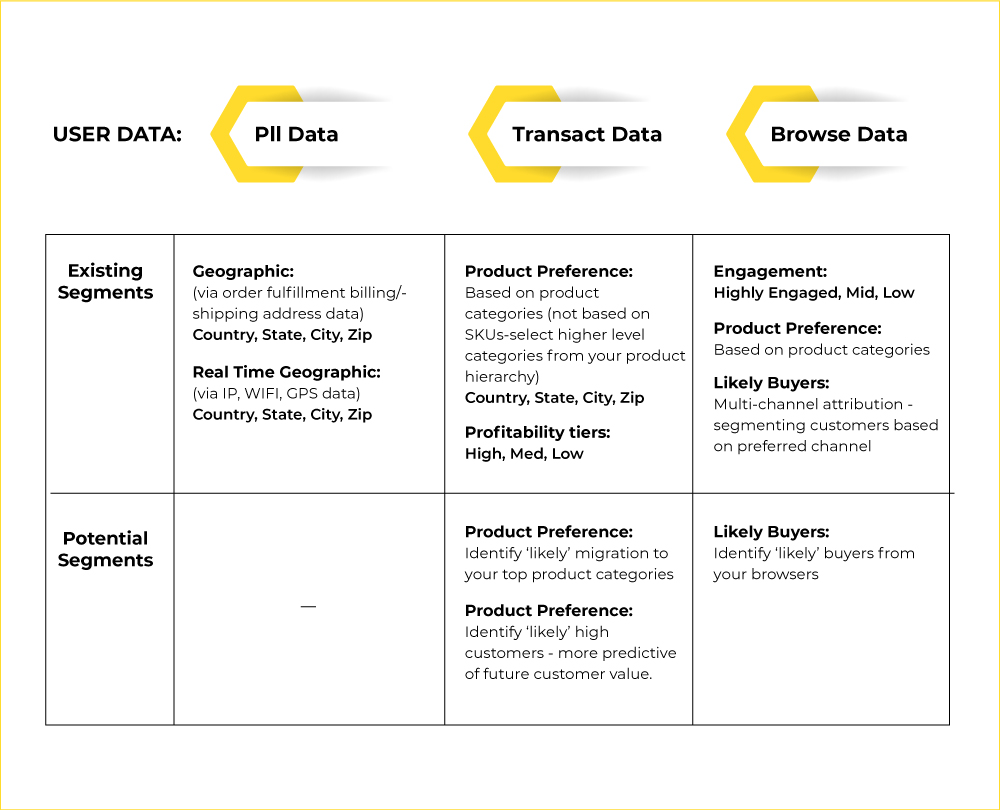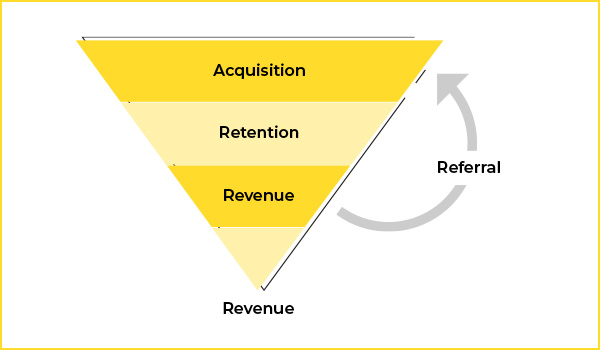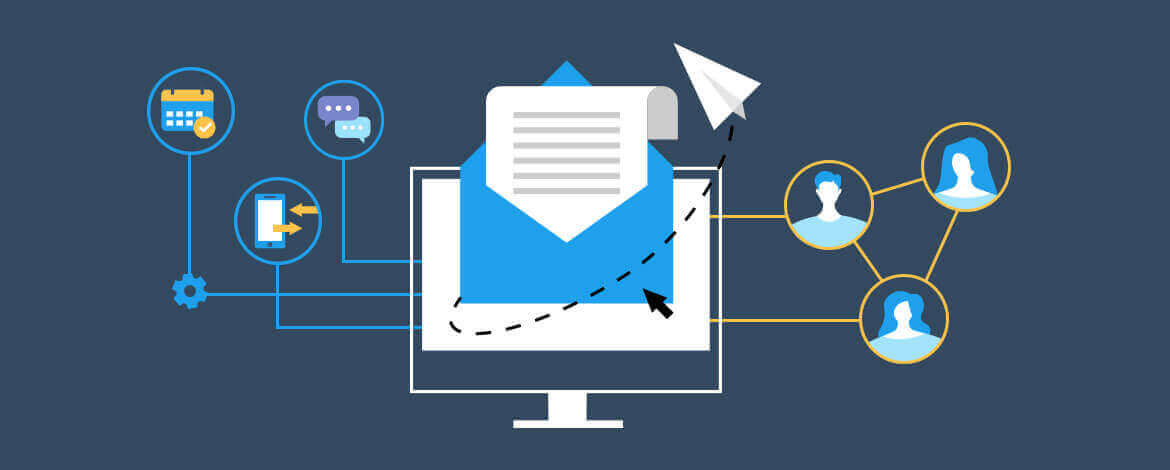CRM (Customer Relationship Management) is an integral part of every business model. It helps to not only collect customer information but also get a clear picture of how your marketing campaigns are performing.
As far as marketing is concerned, with time, it has expanded to emails, social media channels, and every other platform on which you can find your target audience.
Therefore, you need INTEGRATIONS!
That’s the fundamental principle on which marketing strategy works today. It can be the integration of third-party tools like Zapier, payment gateways, mobile app notifications, and many other complex applications into the CRM or your ESP and marketing automation tool.
In this article, we shall focus on the integration of CRM and ESP, and how it can make your marketing strategy more effective.
First of all, let’s start with understanding these terminologies.
ESP refers to Email Service Provider. It is a platform that allows you to send out emails to your prospects and customers.
CRM, on the other hand, takes care of “retaining” the existing customers and nurturing a positive relationship with them.
If these two powerful platforms come together, you can create a detailed profile of all your customers and make the communications more relevant for them.
Here’s an interesting fact:
In the B2B sector, the sales cycle is longer, and therefore, it becomes all the more important to nurture the relationships with prospects. According to a study, 63% of the people who request information about your product at this point in time will not purchase for at least three months and 20% will take more than 12 months to buy.
Now, imagine having to keep track of all details like who was approached when and the kind of interaction they had with you. Exhausting, right?
That’s where the integration of CRM and ESP can prove to be useful.
With that overview in mind, let’s dig deep into the advantages of combining ESP and CRM.
1. Expanding the possibility of segmentation
The advantages of segmentation are pretty much obvious. Having a segmented list can help you send different messages to different people according to ‘their’ preferences. Let’s say, you have segmented the subscriber list on the basis of customer activity. This will give you a direction to the customer’s position in the sales funnel. For instance: someone who has visited the pricing page or requested a demo or downloaded a couple of resources from your website is more likely to make the purchase rather than a random lead that has just signed up for your email list but has not even opened any of the emails.
The catch here is that all these “detailed” pieces of information are not available in the ESP. You will need a CRM for that. After you integrate the ESP and CRM, you will be able to micro-segment your subscribers beyond the basic parameters like demographics and geographical location.
Here’s how you can micro-segment your user data.

2. Setting a new dimension on personalization
We have come a long way from personalizing emails by the first name. Now, we receive personalized emails based on the micro-segments discussed in the previous point.
Consider this example:
You just ordered a red dress for the Christmas party. After an hour or so, you receive an email promoting matching studs and accessories to go with it, accompanied by a “TRY NOW” CTA.
Wouldn’t you be tempted to spend some extra bucks for the same?
That’s how helpful CRM and ESP integration can be.
Without a functional CRM-ESP integration in place, you will not be able to go beyond mediocre emails with basic personalization.
3. Keeping up with the expectations of the customers
Most businesses face the challenge that they cannot cope up with the multiple touchpoints that a customer has.
A typical customer’s journey is spread over four stages, namely awareness, consideration, decision, and brand advocacy.
For the marketer, it translates to acquisition, activation, retention, and referrals – all this ultimately leading to conversions and revenue.

Of course, this can get pretty overwhelming for an average marketer. Marketers make extensive use of emails to support the customer’s journey and guide them toward the bottom of the sales funnel.
Email marketing automation comes in handy here. It has become a marketer’s best friend as it not only facilitates personalized messaging but also increases productivity. So, the primary requisite for this is accurate customer information that is easily accessible from a single platform. If you do not have a holistic view of the customers, you will not be able to send out targeted communications in line with the customer’s journey.
Remember that your customers will not always have a straightforward journey. It might have twists and turns that must be recorded in some database. Hence, it is imperative to have your email service provider connected with the CRM.
Let me give you a simple example:
Recently, I signed up for a free content marketing course on a website.
They asked me to fill up some details in Typeform, like my current employment status, my challenges, and the objectives I wish to achieve.
Based on the choices I made, I immediately received an ‘automated and personalized’ email according to the segmentation criteria.
It explained to me the next steps and shared some tips that would help me to achieve my goals, as a salaried professional.
Now obviously, if I had selected “Student” in the current employment status, I would have received a different email with some other action plan. That’s the power of combining a CRM and ESP. It will allow you to send out emails with customized content based on “If-else” conditional statements.
Things to Keep in Mind in the Context of ESP-CRM Integration
1. Field mapping
Field refers to a part of the user profile that has the customer information like first name, last name, age, etc.
Your integration should identify the equivalent fields and allow you to map them with each other.
According to me, field mapping is the most crucial aspect of CRM-ESP integration. I say this because, without field mapping, you will have to enter the same information into two different platforms. Can you imagine the workload in that case?
Another important thing is that if there’s a significant change in the customer’s journey, it will be instantly fetched in the ESP from the CRM.
A simple example of this is that if you modify a lead’s status from prospect to customer in your CRM, your ESP will not send them nurturing emails anymore.
You cannot really expect someone to manually check the ESP each and every time, before sending out emails to prospects. CRM-ESP integration will automate this process for you.
A recommendation: ConvertKit is a great platform as it will allow you to integrate your CRM, Typeform, Zapier, and most of the popular third-party tools.
2. Automatic Syncing
While you are making up your mind to choose the CRM and ESP integration, you must check how the data syncs between the two platforms.
From my personal experience, I have noticed that some integrations update the data in the ESP every 60 minutes. While this may be “okay” for some marketers, it has several limitations when you want the changes to reflect immediately.
For instance: A customer might register for an event at 3:37 PM which will trigger the campaign that you have scheduled at 4:00 PM. However, if your customer data does not sync before 60 minutes, the activity would not be registered in the ESP until 4:30 PM. Ultimately, your customer will miss out on receiving the campaign.
3. Out-of-the-box Integrations
Out-of-the-box integrations do not need any manual intervention for the setup. Generally, you just have to go to the CRM or ESP’s app store and pick the platform that you want to integrate. Provide your credentials or security keys and it will be done.
That’s how easy it is!
The advantage of these integrations is that it leaves no room for human error and can be done without any technical know-how.
4. Value Proposition
See to it that the integration does something that could not be done with siloed operations.
If it does not add any value to your marketing automations, it does not make sense to give another platform access to your customer’s information. Always think of the security of your customer’s information like a guardian looks after kids.
Wrapping Up
CRM-ESP integration can yield huge rewards when implemented in the right way. You can start by choosing the appropriate ESP and CRM that add to the robustness of your marketing strategy.
If you are still confused about how this will work, just get in touch with our experts and we would love to help you out.





Disha Bhatt (Dave)
Latest posts by Disha Bhatt (Dave) (see all)
How to Impress Your Audience with Interactive Emails in SFMC
A Brief Guide to Help You Create a Welcome Email in SFMC